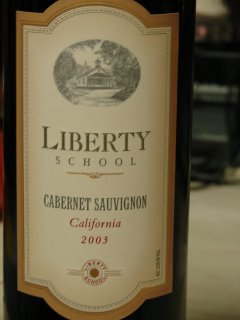And now for... A Recipe?
 This dish was so good that I had to post the recipe. I originally posted this on my Diet, Food & Health Tips blog - http://diettips.blogspot.com.
This dish was so good that I had to post the recipe. I originally posted this on my Diet, Food & Health Tips blog - http://diettips.blogspot.com.Because this is primarily made from canned vegetables, rather than fresh, you can have the ingredients on hand and whip it up for company any time. I served it as an appetizer, on tiny salad plates. Another way to serve it would be to chop it up a bit more and put it on top of crusty bread - as bruschetta. Don't serve this with a very dry white (see entry on that). I served this with a Vinho Verde, and it worked quite well. This is a VERY low calorie dish.
 Artichoke & Heart of Palm Appetizer
Artichoke & Heart of Palm Appetizer- 8 oz canned artichoke hearts, without oil (canned in water)
- 8 oz hearts of palm (drained)
- 2 Tbsp reduced-calorie Italian salad dressing
- 3 Tbsp canned pimento
- 1/2 medium lemon
Quarter artichokes and place in dish. Slice hearts of palm into 1/2 inch circles and mix with artichokes. Sprinkle chopped pimentos on top. In a dish, squeeze the juice from the lemon and mix with 2 tbsp of Italian dressing (Viva Italian light is good). Pour over the artichokes and hearts of palm. Marinate at least an hour and serve individual portions on dishes lined with romaine lettuce leaves. Garnish with fresh basil, oregano or parsley if desired.









